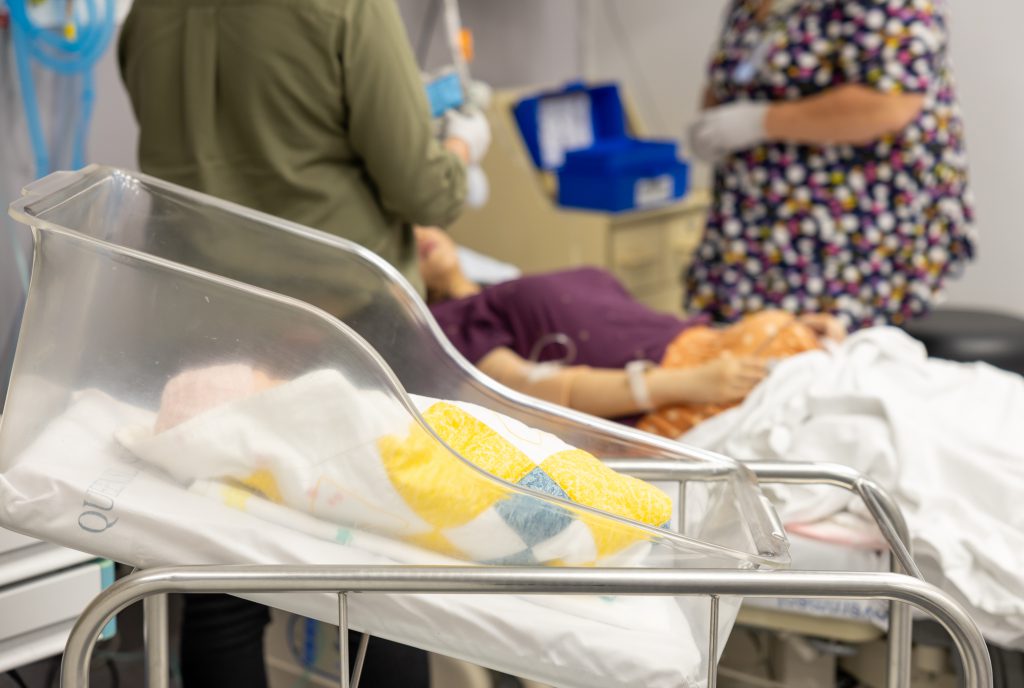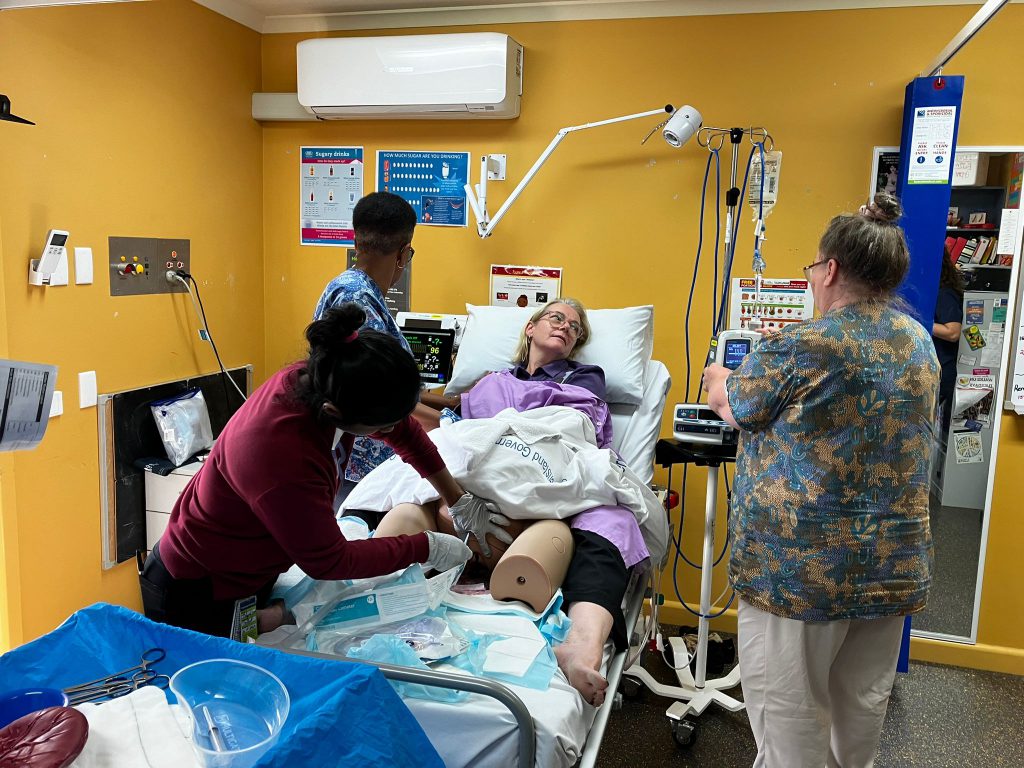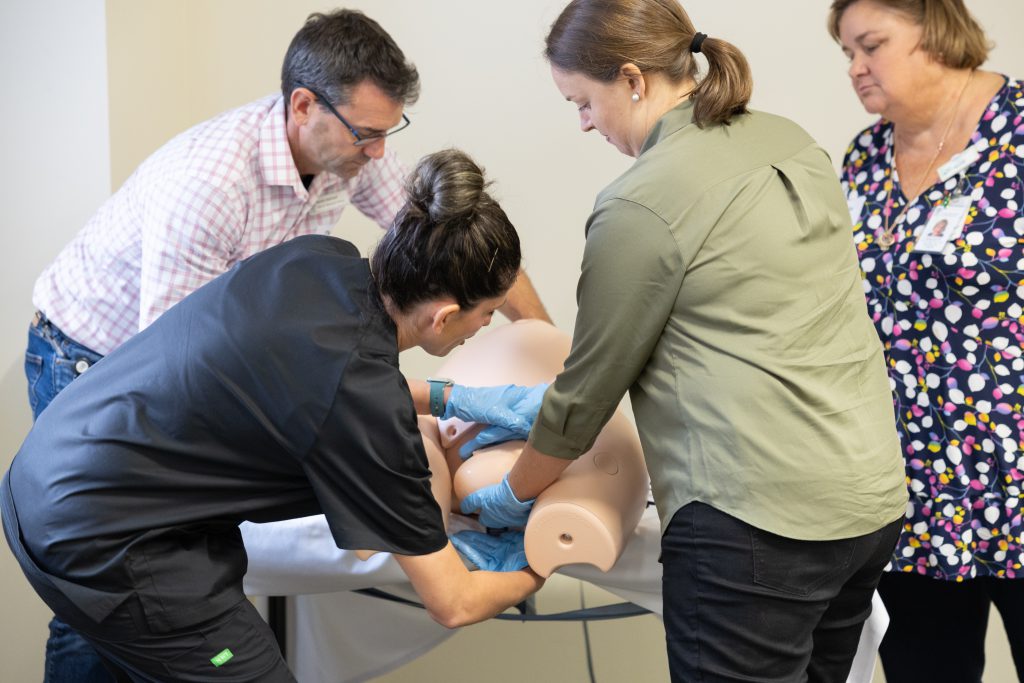When an obstetric emergency unfolds in a busy emergency department, quick thinking, confidence, and preparation can make all the difference. The Maternity Education Program (MEP) is designed to give healthcare professionals the hands-on training needed to act decisively in high-pressure scenarios, from postpartum haemorrhage to pre-eclampsia and unexpected births.
But what does that look like in practice?

From training to real life scenarios
Just two weeks after completing the MEP course, Dr Ella Grant, a Registrar at Redcliffe Emergency Department, found herself responding to multiple obstetric emergencies during a single shift. One patient was experiencing primary postpartum haemorrhage (PPH) and another presented with signs of pre-eclampsia.
My experience at the course discussing the management of these conditions, knowing where to access the appropriate guidelines, and being part of the simulations was invaluable in improving my confidence managing these women.
Dr Grant also supported an unexpected cephalic vaginal birth in the ambulance bay – a situation that often causes panic in emergency settings.
Because of the discussions at the MEP course, I felt better placed to remain calm, support the woman, and contact the appropriate midwifery and paediatric teams quickly.

Confidence in critical situations
For fellow Registrar Dr Elizabeth Learoyd, the impact of MEP training was just as immediate. During a night shift, she recognised that a 27-week pregnant patient with pre-eclampsia was the most critical case in the department. With the overnight Obstetrics & Gynaecology (O&G) Registrar still in theatre, Elizabeth took the lead.
Because of the course – and especially the simulations – I felt very comfortable taking over her care and advocating for her to be moved to Resus, initiating constant cardiotocography (CTG) monitoring and 5-minute blood pressure measurements. I was also able to quickly locate the guidelines for the correct medications.
Her quick action stabilised the patient’s blood pressure from 210 to 160 before transfer. She also assisted a postpartum patient with retained placenta ensuring appropriate O&G admission.
Neither of these situations I would have felt comfortable with without doing this course.

Why maternity training matters
These are just some of the stories participants have shared. And they clearly show the real-world impact of simulation-based maternity training. Participants leave with clarity and confidence, ready to step into the most intense clinical scenarios from emergency births to managing complex obstetric complications in non-maternity settings.
Both Ella and Elizabeth credit the course for transforming their clinical practice, and they’re now advocating for more colleagues to take part.
At CSDS, we’re proud to deliver emergency maternity education across the state to advance clinical skills and support better patient outcomes.
Want to feel more confident in obstetric emergencies? Explore our maternity education courses here and register today!









